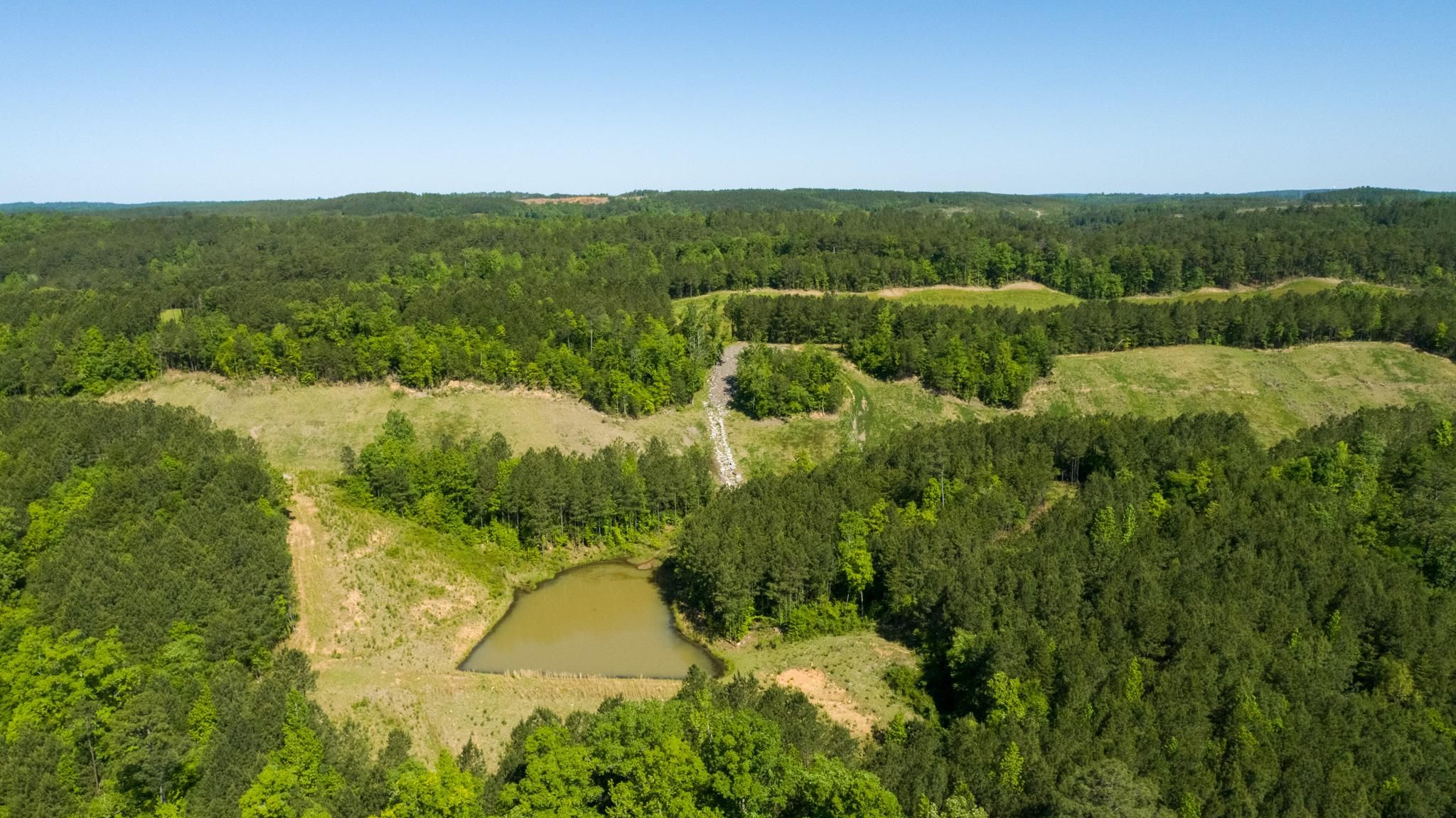
A Comprehensive History of Abernant, Alabama
Abernant, Alabama, is a small unincorporated community located in Tuscaloosa County in central Alabama. Though lesser-known than some of its neighboring cities, Abernant has a history deeply intertwined with the development of coal mining, the expansion of the railroad, and rural Alabama’s cultural heritage. This article explores Abernant’s origins, economic significance, and its role in the broader history of Alabama.
阿拉巴馬州阿伯南特的全面歷史
阿伯南特(Abernant, Alabama)是一個位於阿拉巴馬州塔斯卡盧薩縣(Tuscaloosa County)的未建制社區(unincorporated community)。雖然這個小鎮不如其鄰近城市知名,但它的歷史與煤礦業的發展、鐵路的擴張,以及阿拉巴馬州農村文化的演變緊密相關。本文將探討阿伯南特的起源、經濟發展及其在阿拉巴馬州歷史中的重要性。
Early History and Settlement
Before European settlers arrived, the land that would become Abernant was originally inhabited by Native American tribes, primarily the Creek and Choctaw Nations. These tribes thrived in central Alabama, living off agriculture, hunting, and fishing. The region's dense forests, rolling hills, and proximity to the Black Warrior River provided ample resources.
During the early 19th century, European-American settlers began moving into the area following the Creek War (1813-1814), which led to the forced cession of vast Creek lands to the United States. This period saw the rapid settlement of what is now Tuscaloosa County, with farmers and tradesmen establishing homesteads.
早期歷史與開拓時期
在歐洲移民到來之前,阿伯南特所在的土地最早是由美洲原住民部落居住,主要是克里克族(Creek Nation)和喬克托族(Choctaw Nation)。這些部落在阿拉巴馬州中部地區建立了繁榮的社會,依靠農業、狩獵和漁業維生。當地茂密的森林、起伏的丘陵以及靠近**黑戰士河(Black Warrior River)**的地理位置,為他們提供了充足的資源。
隨著19世紀初的**克里克戰爭(Creek War, 1813-1814)**結束,這片土地被割讓給美國政府,歐裔美國移民開始湧入,並在今日的塔斯卡盧薩縣建立農場與定居點。
Naming and Founding of Abernant
The exact origin of the name "Abernant" is debated, but it is believed to have Welsh origins. The term "Abernant" can be translated as “mouth of a stream” in Welsh, a name possibly given due to the area’s landscape of small streams and rolling hills. Many settlers in central Alabama had Scottish, Irish, and Welsh ancestry, and it was common for communities to reflect these cultural ties.
Abernant remained a rural, sparsely populated area throughout much of the 19th century, with its economy based on small-scale farming, forestry, and local trade.
阿伯南特的命名與建立
關於「Abernant」這個名稱的來源,歷史學家有不同的說法,但大多認為它具有威爾士語(Welsh)的起源。在威爾士語中,「Abernant」的意思是「溪流的河口」,這可能與該地區丘陵地形與溪流環繞的特徵有關。
19世紀,許多來自蘇格蘭、愛爾蘭和威爾士的移民定居於阿拉巴馬州中部,因此當地不少城鎮的名字都帶有凱爾特文化的影響。
在19世紀的大部分時間裡,阿伯南特仍是一個以農業為主的鄉村聚落,當地居民主要依靠小型農場、伐木業和地方貿易維生。
Coal Mining and Industrial Growth (Late 19th - Early 20th Century)
One of the most significant factors in Abernant’s development was the coal mining industry. During the late 19th and early 20th centuries, central Alabama became a major hub for coal production, supplying fuel for steel mills in Birmingham and beyond.
Several mines were established in and around Abernant, attracting miners, laborers, and their families to the area. These coal mines provided economic opportunities but also led to harsh working conditions, with many miners facing long hours, dangerous work environments, and low wages.
Coal companies built miners’ camps and company-owned housing, creating small but tight-knit communities in Abernant and nearby mining towns such as Brookwood and West Blocton. The railroad also played a crucial role in Abernant’s growth, as it facilitated coal transportation to larger markets.
煤礦業的興起與工業發展(19世紀末至20世紀初)
影響阿伯南特發展最深遠的產業之一是煤礦業。從19世紀末到20世紀初,阿拉巴馬州中部成為全國重要的煤炭生產中心,為伯明罕(Birmingham)的鋼鐵工業提供燃料。
阿伯南特及其周邊地區開設了多座煤礦,吸引了大量礦工及其家庭遷入。這些煤礦為當地帶來了經濟機會,但也導致了惡劣的工作環境,許多礦工需要忍受長時間勞動、低工資以及高危險性。
煤礦公司在阿伯南特及其鄰近城鎮(如布魯克伍德(Brookwood)和西布洛克頓(West Blocton))修建了礦工營地(miners' camps)和公司住房(company-owned housing),形成了一個緊密的勞工社群。
The Role of the Railroad
During the late 19th century, railroads were expanding throughout Alabama, supporting the growth of coal and steel industries. Abernant benefited from its proximity to key railway lines that transported coal to Birmingham’s iron and steel plants.
The L&N Railroad (Louisville and Nashville Railroad) was a major transportation artery, helping rural areas like Abernant connect with larger cities. This railway infrastructure allowed miners and their families access to goods, services, and employment opportunities in larger towns.
鐵路對阿伯南特的影響
19世紀末,鐵路網絡在阿拉巴馬州迅速擴展,進一步促進了煤礦業與鋼鐵產業的發展。
阿伯南特受益於其靠近主要鐵路線的優勢,使當地生產的煤炭能夠運往伯明罕(Birmingham)的鋼鐵廠及其他市場。
其中,L&N鐵路(Louisville and Nashville Railroad)是該地區的主要鐵路線之一,它不僅運輸煤炭,還讓阿伯南特的居民能夠更方便地前往大城市工作、購買商品與獲取服務。
Challenges and Decline of Coal Mining (Mid-20th Century)
By the mid-20th century, the coal mining industry began to decline due to several factors, including:
- Increased mechanization, which reduced the need for human labor.
- The Great Depression (1929-1939), which led to economic hardships in mining towns.
- Strikes and labor disputes, as miners fought for better wages and working conditions.
- Environmental concerns and shifts to alternative energy sources, reducing reliance on coal.
As mines closed or reduced operations, many workers left Abernant in search of jobs in nearby Birmingham or Tuscaloosa. The decline of the mining industry led to a significant depopulation of mining communities, and Abernant transitioned back to a quiet rural settlement.
煤礦業的衰退與社區變遷(20世紀中期)
到20世紀中葉,阿拉巴馬州的煤礦業開始走向衰退,這主要由以下幾個因素造成:
- 機械化的進步,減少了對人力的需求。
- 1929年爆發的大蕭條(Great Depression),導致煤炭需求下降,礦工失業。
- 罷工與勞資衝突,礦工為了爭取更高工資與更安全的工作環境,與公司對峙。
- 能源產業的變遷,隨著天然氣與其他能源來源的發展,煤炭市場受到衝擊。
隨著煤礦關閉或縮減規模,許多礦工被迫離開阿伯南特,前往伯明罕或塔斯卡盧薩(Tuscaloosa)尋找工作。這一時期,阿伯南特的人口開始減少,並逐漸恢復為一個寧靜的農村社區。
Modern Abernant: A Rural Community with Historical Roots
Today, Abernant remains an unincorporated community with a small population. It retains much of its rural charm, surrounded by forests, rolling hills, and remnants of its coal mining past. Many residents commute to Tuscaloosa, Birmingham, or Brookwood for work, while others engage in agriculture, forestry, and local businesses.
The community continues to reflect Alabama’s deep industrial heritage, and while it no longer thrives as a mining hub, its history as a coal town remains an essential part of the region’s identity.
現代阿伯南特:鄉村特色與歷史遺產
今天,阿伯南特仍然是一個未建制社區,人口較少,但仍保留著濃厚的鄉村風貌。當地擁有大片森林、丘陵地帶,以及過去煤礦時代的遺跡。
許多當地居民在鄰近城市,如塔斯卡盧薩(Tuscaloosa)、伯明罕(Birmingham)或布魯克伍德(Brookwood)工作,也有一些人從事農業、林業和小型商業活動。
雖然阿伯南特已不再是煤礦業的中心,但它仍然是阿拉巴馬州工業遺產的重要組成部分,當地的歷史仍吸引著對該地區發展有興趣的學者與歷史愛好者。
Conclusion
Abernant, Alabama, may not be a large or well-known town, but its history is deeply tied to the coal mining industry, railroad expansion, and the rural heart of Alabama. From its early Native American roots to its development as a mining town and its transition into a quiet rural settlement, Abernant embodies the story of many small Alabama communities that played crucial roles in the state's industrial growth.
Though much has changed, the spirit of resilience and hard work that defined Abernant’s early settlers and coal miners continues to characterize the community today.
結語
阿伯南特,阿拉巴馬州,雖然規模不大,卻擁有與煤礦業、鐵路擴張和農村阿拉巴馬歷史緊密相關的豐富過去。
從早期美洲原住民的定居,到19世紀的歐洲移民,再到20世紀的煤礦業興衰,阿伯南特見證了阿拉巴馬州經濟與社會的變遷。
儘管時代變遷,阿伯南特仍保有過去礦工與農民的堅韌精神,並繼續承載著阿拉巴馬州農村的文化與歷史遺產。
- 點擊數: 68
電影
動作
冒險
動畫
喜劇
犯罪
記錄
戲劇
家庭
奇幻/科幻
電視
動作
冒險
動畫
喜劇
犯罪
記錄
戲劇
家庭
奇幻/科幻
歷史
阿拉巴馬州
旅遊
阿拉巴馬州





































































































